Mastering Soft vs. Hard Hands in Blackjack: Strategies for Every Situation
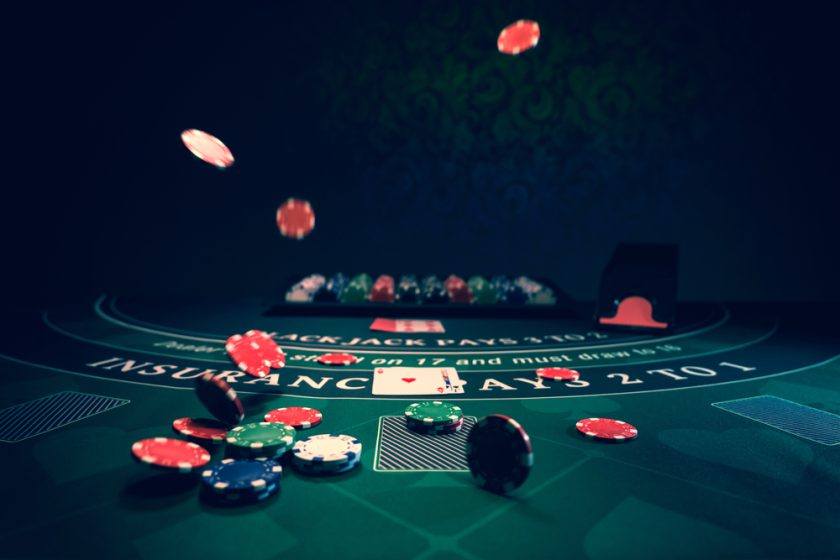
Soft vs. Hard Blackjack Strategies: The Ultimate Guide to Soft and Hard Hands
What You’ll Discover About Soft and Hard Blackjack Hands
Blackjack isn’t just about getting a total of 21-it’s about understanding the differences between soft and hard hands and tailoring your approach to each. In this guide, you’ll learn:
- The key distinctions between soft and hard hands in blackjack.
- How basic strategy shifts based on the type of hand you hold.
- The most effective decision-making tactics when facing different hands.
- The risks and probabilities associated with each hand type.
- Proven advanced tips to give you an edge, whether you’re a beginner or veteran player.
Understanding when you’re holding a soft or hard hand is a foundational skill for beating the house edge and playing like a pro. Let’s break down these essential concepts and strategies.
Explaining Soft Hands in Blackjack
A soft hand is any hand where an Ace is counted as 11 without busting. Because the Ace can also be counted as 1 if needed, you have flexibility and a built-in safety net if you draw a high card.
Why Soft Hands Matter
The most attractive aspect of soft hands is their adaptability. When holding a soft hand, taking another card cannot cause you to go over 21 immediately. For instance, with a soft 18 (Ace and 7), if you draw a 10, your hand transforms into a hard 18 (Ace as 1), so you stay in the game.
This flexibility provides unique opportunities to double down or play more aggressively compared to a hard hand of the same total.
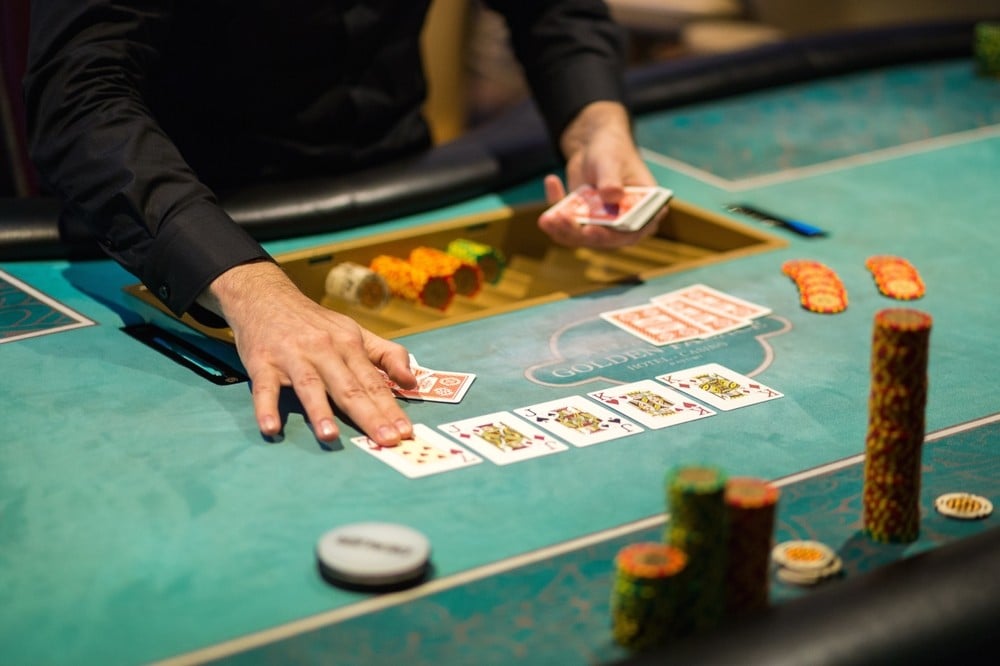
Title Image Credit: Evgen_Mikhailov/Shutterstock
Common Examples of Soft Hands
Here’s a quick reference for what makes a soft hand:
- Soft 13: Ace + 2
- Soft 14: Ace + 3
- Soft 15: Ace + 4
- Soft 16: Ace + 5
- Soft 17: Ace + 6
- Soft 18: Ace + 7
- Soft 19: Ace + 8
- Soft 20: Ace + 9
Important: An Ace + 10 (or a face card) is a 'blackjack' or 'natural 21,' not a soft 21. This is the strongest starting hand and usually results in an immediate win-unless the dealer matches it.
Note that “soft 20” rarely comes into play for standard casino games but might be relevant in tournament or specialized rule situations.
Understanding Hard Hands in Blackjack
A hard hand has no Ace, or contains an Ace that must be valued as 1 to avoid busting. Hard hands are fixed in value; you lose the safety net that soft hands provide, making these situations riskier.
Significance of Hard Hands
Hard hands require greater caution-especially with totals between 12 and 16, which are dubbed 'stiff' hands. Here, every additional card risks busting your hand. Decision-making leans toward defense and playing by the odds rather than aggressive improvement.
Typical Hard Hand Examples
- Hard 12: 10 + 2, 8 + 4, or 7 + 5
- Hard 15: 10 + 5, 9 + 6, or 8 + 7
- Hard 16: 10 + 6, 9 + 7, or 8 + 8
- Hard 17: 10 + 7 or 9 + 8
- Hard 18: 10 + 8 or 9 + 9
If you have an Ace but must count it as 1 (e.g., Ace + 6 + 10), that’s a hard total, not a soft one.
Comparing Soft and Hard Hands: Flexibility and Fixed Values
The biggest distinction is the flexibility of the Ace in soft hands:
- **Soft Hands:** An Ace valued at 11 means you can take a risk, as one more card won’t bust your hand-you can always drop the Ace’s value to 1. This ‘cushion’ means more aggressive tactics are on the table.
- **Hard Hands:** Here, the total is fixed and every hit could spell doom. With hard hands, especially in the 12-16 zone, a cautious, defense-first mindset is required.
Other key points of comparison:
- **Risk:** Soft hands reduce immediate bust risk; hard hands do not.
- **Strategic Options:** You can double down more aggressively with soft hands.
- **Dealer’s Upcard Relevance:** With hard hands, your actions depend heavily on what the dealer is showing.
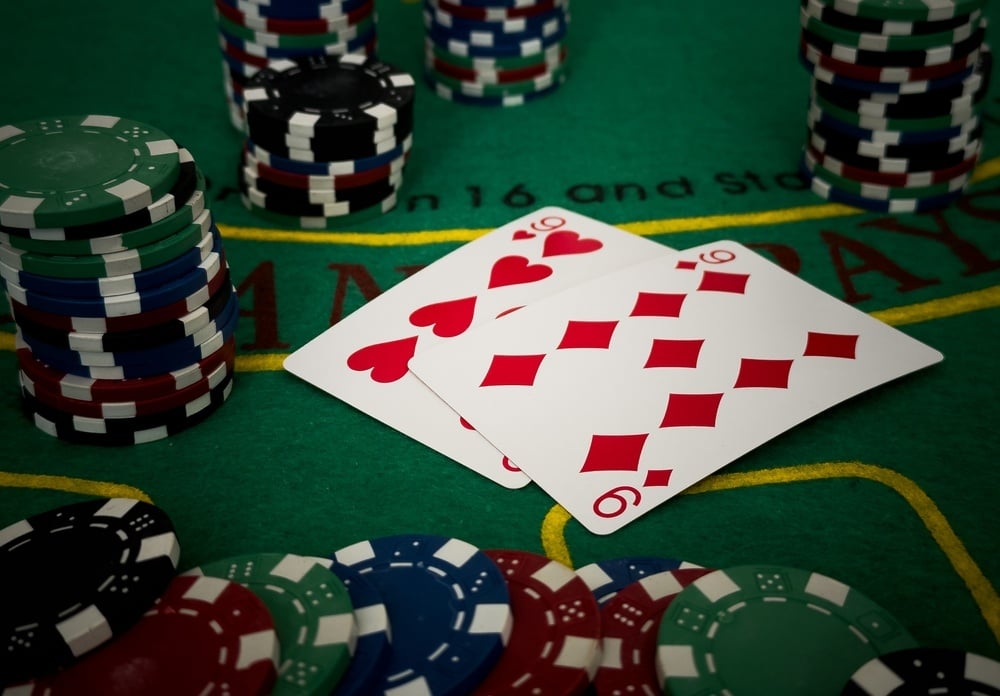
Title Image Credit: Netfalls Remy Musser/Shutterstock
How to Play Soft Hands: When to Hit, Stand, or Double
Your approach for soft hands depends on your total and the dealer’s visible card. Here’s a breakdown:
- **Soft 13-16 (Ace + 2 through Ace + 5):** Always hit. These hands are too weak to stand with-take another card for a shot at a stronger total.
- **Soft 17 (Ace + 6):** Hit if the dealer has 7 or higher; stand if the dealer has 2-6.
- **Soft 18 (Ace + 7):** Stand versus dealer’s 2-6 and 8. Hit against a 9, 10, or Ace. If the dealer shows 7, strategies may differ slightly; both a hit or stand are reasonable.
- **Soft 19-21:** Always stand. Hitting offers little benefit and increased risk.
Doubling Down with Soft Hands
Aggressive players can gain an edge by doubling down when the dealer is showing a weak upcard:
- Soft 13-14: Double against dealer’s 5-6
- Soft 15-16: Double against dealer’s 4-6
- Soft 17: Double against dealer’s 3-6
- Soft 18: Double against dealer’s 3-6; stand against 2, 7, and 8; hit against 9, 10, Ace
- With Soft 19+, never double-standing is always appropriate
Game rules and the number of decks can shift these recommendations, so consult a chart tailored to your table for precision.
Special Focus: Playing a Soft 17
A soft 17 is considered a borderline hand. The best actions:
- Dealer shows 2: Stand
- Dealer shows 3-6: Double if possible; otherwise, hit
- Dealer shows 7-Ace: Hit
Your Ace gives you insurance against busting if you draw a high card.
Approaching Hard Hands: Hit, Stand, Double, or Surrender?
In contrast to soft hands, play “hard” hands conservatively. Here’s a straightforward approach:
- **Hard 8 or less:** Always hit.
- **Hard 9:** Double down if the dealer shows 3-6; otherwise, hit.
- **Hard 10-11:** Double against dealer’s 2-9; hit if the dealer shows 10 or Ace. With 11, doubling against a dealer 10 is common, but check game-specific guidelines.
- **Hard 12:** Stand against 4-6; hit otherwise.
- **Hard 13-16:** Stand against 2-6; hit against 7-Ace.
- **Hard 17+:** Always stand.
Doubling Down Opportunities for Hard Hands
Doubling with hard hands hinges on favorable match-ups:
- Hard 9: Double against 3-6
- Hard 10: Double against 2-9
- Hard 11: Double against 2-10; in some games, doubling against an Ace is also advised
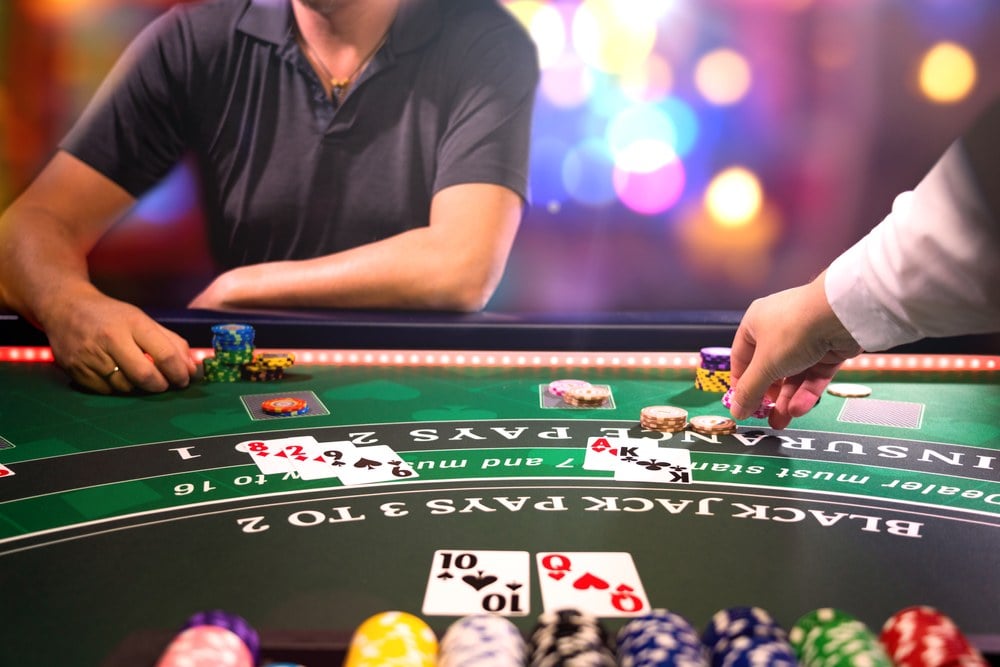
Title Image Credit: Netfalls Remy Musser/Shutterstock
When Should You Surrender with Hard Hands?
Some blackjack tables offer the option to 'surrender,' allowing you to forfeit half your bet to avoid a likely loss. Useful situations include:
- Hard 15: Surrender if the dealer shows a 10.
- Hard 16: Surrender against a dealer 9, 10, or Ace.
- Hard 17: (Mainly in multi-deck games where the dealer hits on soft 17) Surrender against a dealer Ace.
Don’t surrender with any soft hand-the Ace’s flexibility makes surrender unnecessary.
Dealer Rules and Their Impact on Blackjack Strategy
A pivotal house rule is whether the dealer stands or hits on soft 17:
- **Dealer Stands on Soft 17 (S17):** This is more advantageous for the player and reduces the casino’s edge.
- **Dealer Hits on Soft 17 (H17):** Higher risk of dealer improvement, slightly shifting best strategies-consider being more aggressive when allowed to double, and surrender more often with hard 17 against a dealer Ace.
Other dealer actions to factor into your play:
- Dealer’s “bust cards” (4, 5, 6): Favor standing on stiff (12-16) totals.
- Dealer’s strong cards (7-Ace): Be prepared to risk busting to aim for a stronger hand.
Common Mistakes to Avoid with Soft and Hard Blackjack Hands
Errors with Soft Hands
- Standing on soft totals of 17 or less instead of hitting or doubling.
- Missing opportunities to double on soft 13-17 against a dealer showing 4, 5, or 6.
- Standing on soft 18 when you should hit (against dealer 9, 10, Ace).
- Treating all soft 18 hands the same regardless of the dealer’s upcard; always adjust.
Errors with Hard Hands
- Hitting a hard 12-16 versus dealer’s 2-6 when you should stand.
- Standing on hard 12-16 against a strong dealer upcard; here, you should try to improve your hand even though you might bust.
- Overlooking double down opportunities on hard 10 or 11.
- Forgetting to surrender hard 15 against a dealer 10 or hard 16 against 9-Ace.
Failing to Use Strategy Charts
Relying on memory or instincts instead of proven blackjack strategy is a major pitfall. Remember:
- Learn and practice with a basic strategy chart tailored to your casino’s rules.
- Use strategy cards at the table-most venues allow this.
- Practice online, where you can always refer to your chart without pressure.
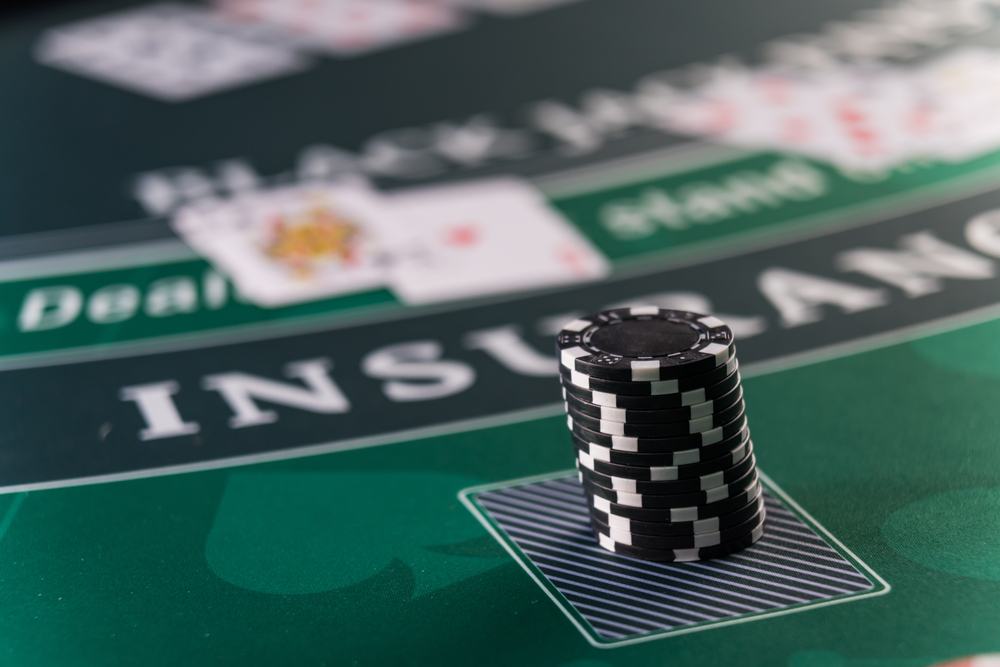
Title Image Credit: Andrew Angelov/Shutterstock
Advanced Blackjack Tips: Maximizing Value with Soft and Hard Hands
Harnessing Strategy Charts
The fastest way to boost your success is by following a strategy chart tailored for your game type (deck count, dealer rules, splitting and doubling options). Charts fall into three types:
1. **Hard Hands:** What to do for every hard hand vs. every dealer upcard.
2. **Soft Hands:** Same, but focused on flexible Ace hands.
3. **Pair Splitting:** Guidance for when to split pairs for maximum value.
Know your ruleset: small changes in deck number or house rules affect optimal choices.
Adjusting Strategy to the Dealer’s Upcard
- Dealer shows 2-6 (weak hand): Play cautiously-stand on risky hands rather than risking busting.
- Dealer shows 7-Ace (strong hand): Take more risks to improve your hand, since the dealer is less likely to bust.
Responsible Play: Bankroll and Table Selection
To be a long-term winner, you need sound bankroll management and smart table choices:
- **Set a limit:** Know how much you can afford to lose. This preserves your funds and keeps you disciplined.
- **Keep bet sizes even:** Avoid chasing losses with bigger bets; stick to a sensible betting range.
- **Lock in profits:** Decide in advance when to leave after a winning streak.
- **Decline insurance:** The insurance side bet has a high house advantage; skip it.
- **Pick the right tables:** Look for 3:2 blackjack payouts, dealer standing on soft 17, double after splits, and surrender options. Always avoid games with 6:5 blackjack payouts.
Contrasting Soft 18 and Hard 18
A revealing case is the difference in playing soft 18 versus hard 18:
Hard 18 (e.g., 10+8):
- Always stand, no exceptions.
- Do not hit or double.
Soft 18 (Ace+7):
- Stand against dealer’s 2-6 and 8.
- Hit if dealer has 9, 10, or Ace.
- Double versus 3-6 if the option is available.
- Decision is marginal if dealer shows 7; both actions can be correct depending on table rules.
This side-by-side shows the crucial influence of flexibility when an Ace is involved.
Optimal Blackjack Strategies: Which Is Right for You?
- **Basic Strategy:** The gold standard for most players. Easy to learn, reduces the house edge to about 0.5%, and is accepted in all casinos.
- **Card Counting:** Offers a potential advantage for serious, disciplined players. Requires tracking cards and adapting bets-but it’s difficult, requires practice, and is not welcomed in many casinos.
- **Composition-Dependent:** Extra-precise strategy based on specific hand makeup (not just totals). Gains are minor compared to the added complexity.
For most players, memorizing basic strategy for soft and hard hands is the safest and most effective path to success.
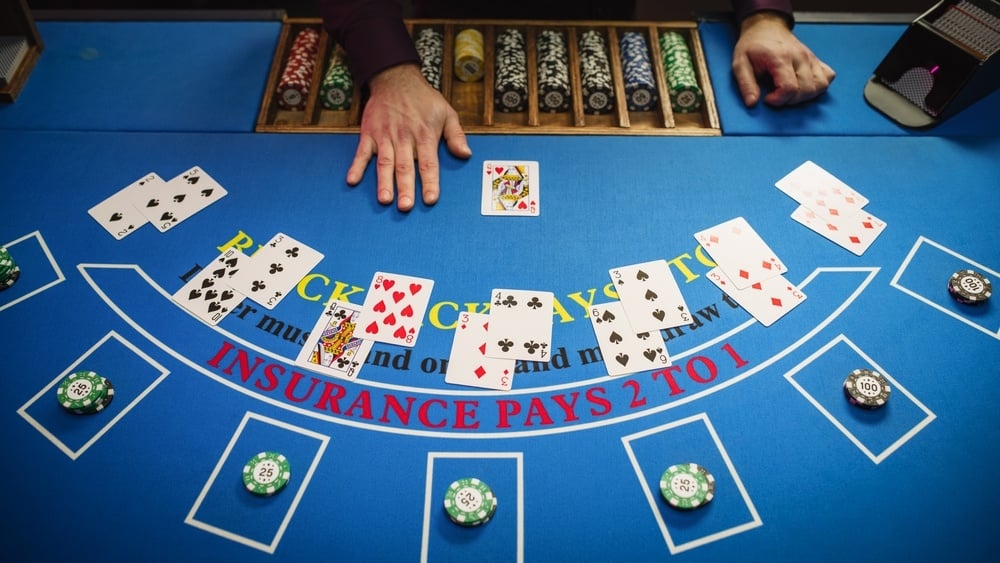
Title Image Credit: Kitreel/Shutterstock
Frequently Asked Questions About Soft and Hard Blackjack Strategies
What’s the main difference between a soft hand and a hard hand?
A soft hand contains an Ace that’s currently valued at 11, letting you avoid busting with the next card. A hard hand either has no Ace or has an Ace that must be counted as 1. This difference dramatically alters your recommended strategy at the table.
Which blackjack strategy should I use?
For most players, basic strategy is best-it gives you near-optimal moves for every scenario and keeps the house edge low, regardless of whether you hold a soft or hard hand.
Should I hit soft 14?
Yes. Always hit on soft 14 (Ace+3) unless the dealer shows a 5 or 6, in which case you should double down if allowed.
What’s the best move with soft 16?
Like soft 14, you should hit soft 16 (Ace+5) unless the dealer shows a 4, 5, or 6-in those cases, double down instead.
Final Thoughts: Making the Most of Every Hand in Blackjack
The divide between soft and hard hands is at the heart of strong blackjack play. Soft hands encourage more aggressive play, allowing for risk and reward beyond simple hand value, thanks to the dual role of the Ace. Hard hands, by contrast, require disciplined, mathematically driven decisions.
The more you practice and adhere to proven strategy, the more consistently you’ll find yourself in winning positions at the blackjack table. Let the mathematics-not your hunches-guide your play, and you’ll maximize both enjoyment and profit potential.
Best of luck at the tables!

Title Image Credit: Netfalls Remy Musser/Shutterstock













